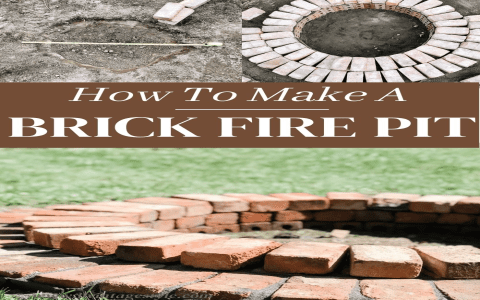Hey folks, so I wanted to share a little experiment I did recently with acid-resistant bricks. Yeah, sounds pretty niche, but trust me, it’s kind of cool if you’re into building stuff that needs to withstand some serious punishment, you know?
Getting Started
First off, I got my hands on a bunch of these bricks. They’re not your average red bricks, let me tell you. I learned that these are way more expensive than regular refractory bricks, something like $400-$900 for a pallet of 1000 bricks. These bad boys are designed to handle acid, which is pretty wild. The price varies depending on the materials, obviously. And I found they are called “face bricks”, look fancier than regular bricks. They also seem to be weatherproof, so they are suitable for outdoors.


The Acid Test
So, I built a small wall, just a test setup, nothing fancy. Then came the fun part – I started exposing it to different acidic solutions. I used some common industrial acids, the kind you’d find in chemical plants. The idea was to simulate a harsh environment, like flooring in a factory or the lining of a sewer. I was going for a real-world test here, as much as I could, anyway.
Watching and Waiting
I kept this up for a few weeks, regularly checking on the bricks. I was looking for any signs of wear and tear, like discoloration, erosion, or any kind of damage. And you know what? These bricks held up like champs. No joke, they looked almost the same as when I started. I mean, I knew they were supposed to be tough, but seeing it firsthand was something else. They were not easily oxidized at room temperature. At first I thought they would have a low water absorption rate, but I didn’t actually test it.
Why Bother?
Now, you might be thinking, why go through all this trouble? Well, for anyone in industries dealing with corrosive materials, these bricks are a game-changer. They offer some advantages, like high temperature resistance and low production cost, it is just a little higher than the normal bricks. Using these can save a lot of money in the long run. I’m talking about places where using special metals and alloys would be way too expensive, especially when things get hot and nasty. They are very suitable for the construction of floorings, the lining of chambers and towers in chemical plants, the lining of sewers carrying industrial effluents.
Final Thoughts
This whole experiment really opened my eyes to the importance of choosing the right materials for specific jobs. Acid-resistant bricks might not be something everyone needs, but in certain situations, they’re absolutely essential. It’s all about durability and getting your money’s worth, right? Oh yeah, I also found out that there are different types of acid-resistant bricks out there, like Sintered microporous alumina carbon brick or something. I might play with those later, but for now, I’m pretty stoked about what I learned.
Anyway, that’s my little adventure with acid-resistant bricks. Hope you found it as interesting as I did. Catch you later!



